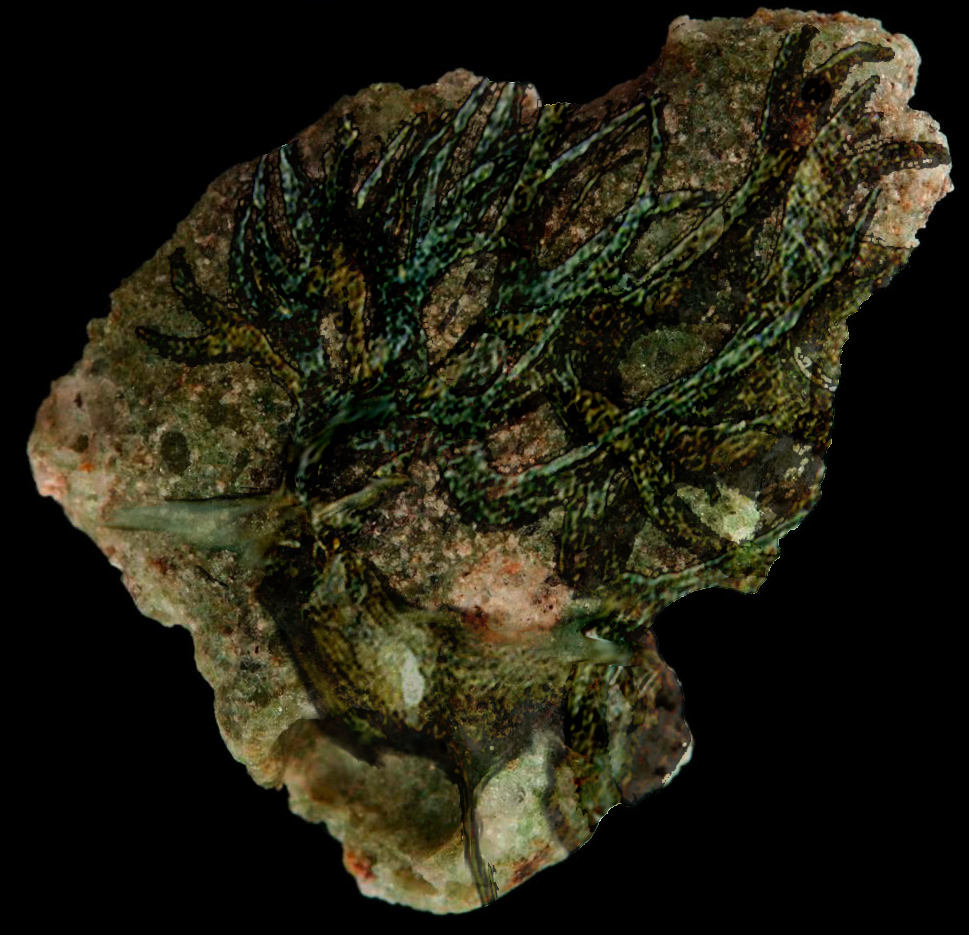The Rock Duck
Subsisting mainly on a diet of smaller canyon mammals, this smallish medium-large bird (bigger than the family dog, but only by enough) isn’t a duck at all, but rather a member of the raptor family– a kind of hawk or buzzard or vulture. The Rock Duck got its name not because of its looks (for it has mangled claws rather than webbed feet and a great spiked beak instead of a bill), but because of the way it dives in and out of the broken shale of the mountain-side and canyon-slide as if it were water. In and out of the jagged baked sediment, fishing for it’s lunch– diving down, between the rock, hunting mostly for moles, voles, and rabbits, though it may even snatch a new-born bighorn to satiate it’s grizzly appetite. Then up it comes, surfacing with some twitching mass in its clutches, the screams of its prey echoing across the escarpment. “Well, that’s nature, red in tooth and claw,” you might think. But some darker part of nature must have wended its way into the Rock Duck’s constitution, because after its helpless lunch is caught and dragged with a brutal grace up out of the broken rock to its hidden crater-nest, only then is the horror of the duck revealed—
The Rock Duck begins its dreadful feast by wrenching its gargantuan scissor-spiked beak to rip off the claws, paws, and sometimes whole hooves of the helpless critter, making it too painful for the poor thing to run. Next, with its terrible talons, the Rock Duck snatches out the tongue and eyes of its prey (curiously, these parts aren’t eaten, but hung around its ragged roost, a warning to Mother Nature’s Children to keep far away). After that, the murderous raptor pecks out the spleen, devours the liver, and gnashes at the kidneys, savoring the sweet coppery twinge of adrenaline dripping down its gullet. Keeping its meal alive as long as possible, steeping the meat in the taste of pain and hopelessness, the Rock Duck waits until the moment just before the body of its pitiable prey sloughs into death before ripping into the brain and at last the heart, a final quick pump of exhausted terror washing down its wretched meal.
The Rock Duck doesn’t hatch so horribly, though. When the duck is young, still covered in downy plumes, it’s much more dependent on a traditional bird-brained diet of ants, locusts, spiders, scorpions, and even the occasional baby toad or new-hatched snake– the problem is, in the Great American Southwest, those are just the kinds of critters that can pack a poisoned bite or burning sting. As each season’s eyas brood strikes out from the nest, learning to feed and being bitten back as they bite, some learn to avoid the more dangerous pests, but a few instead build the tolerance needed to fight their food, becoming hardened, angry, vengeful things along the way. It’s in this struggle against pain that the Duck becomes a monster, turning an imprint of revenge into a taste for meat marinated in fear.
Later, as the hateful lineage matures, the Duck learns that rather than swallowing the poison of a scorpion’s sting or rattler’s bite, it can collect these venomous vermin in its mighty maw and drop them en masse on larger animals like bobcats, pronghorns, and desert wolves. The snakes, scorpions, and fire ants won’t kill the prey directly, but rather render it helpless, writhing in pain, allowing the Duck to dive in and begin its work. With this approach, any manner of game can become duck-hunted– all the demon need do is drop enough angry creepy crawlies on a victim and wait for their poison to do its work, a ghastly chef salting its meat before the meal.
If you happen to see the Rock Duck off in the distance as you’re hiking Bright Angel Trail and you’re thinking about getting up a little closer– wondering if there’s anything left of the innocent gosling or perhaps overwhelmed with grim desire to see The Wild in all her bloody glory– don’t. Don’t get closer, don’t stop to admire, don’t even let it know you’re there, or you may soon find yourself one of the hopeless. You see, sometime towards the end of the last century, once humans began camping the Canyon foothills, it didn’t take long for the Rock Duck to learn that people were even more fragile and tasty than any sheep cub or coyote…
It’s said that the Rock Duck sticks to the Southern Rim of the Grand Canyon, but I swear, when I was a child, riding the train from Durango to Silverton, I saw a crazed bird with hellfire wings, slamming scorpions against the window, just waiting for me to faint.
*****
Chapter Two from my collection of monster stories, Terrible Travelogue, Part 1: The Southwest. You can find Chapter One: The Dancing Deer, here.



